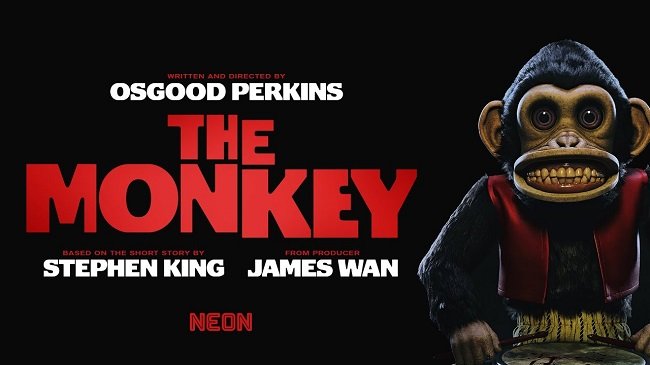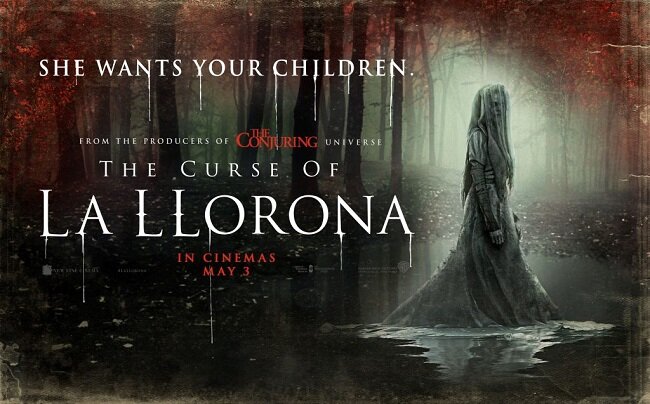Night of the Eagle (1962)
Norman Taylor (Peter Wyngarde) is a psychology lecturer whose career has taken off since he and his wife, Tansy (Janet Blair), returned to England from Jamaica. His students are doing well and he is socially climbing within the school’s administrative hierarchy. Some other members of the faculty are jealous of his success. One night he is shocked to discover curious artefacts hidden around his home and to learn that his wife is practising obeah. Tansy claims that the charms are responsible for his rapid advancement and also protect him, as she has found a similar but malicious item left in their home after a bridge evening. Norman, a consummate rationalist, demands that the charms are destroyed but Tansy warns him she is not responsible for what may happen next. The next day events take a turn for the worse. A student accuses Norman of rape and another threatens him with a gun due to his poor grades. During the night, a freak storm batters Norman’s cottage. Is it just bad weather or something more sinister?
Night of the Eagle was released in the US by American International Pictures under the title Burn, Witch Burn. They added a narrated prologue about witchcraft still being prevalent today to the beginning of the film, along with a spell to protect the audience. They also made an addition to the closing credits with an onscreen question, “do you believe?”, which adds a more sensationalist tone to the film that isn’t required. Beyond these minor embellishments there are no differences between the US and UK versions. Veteran film and TV director, Sidney Hayers, handles the proceedings well and takes a serious tone, making good use of Reginald Wyer’s crisp and well-structured black and white cinematography. The film takes a measured pace and quickly builds a portentous atmosphere. The stone eagles that adorn the school are frequently visually referenced, implying that Norman Taylor is being watched and plotted against.
Night of the Eagle is loosely based upon Conjure Wife by Fritz Leiber. Adapted by Richard Matheson and Charles Beaumont, who frequently wrote for The Twilight Zone, with additional material by George Baxt, the screenplay is measured and reflects British society at the time, especially the social aspirations of the middle classes. This was Peter Wyngarde’s first leading role and his performance is key to the film’s success. The story and production strive to build the sort of atmosphere found in the works of Val Lewton and there are elements not too dissimilar to Jaques Tourneur’s Night of the Demon. However, the shocks that punctuate the slow burn storytelling are a little too brief and feel a little under done. The storm that assails Norman’s home, may have been conjured by an incantation hidden in the background noise of a tape recording that is playing. Yet this novel idea is over too quickly when the door bursts open, just as the recording is stopped.
Night of the Eagle is an interesting precursor to later films such as Rosemary’s Baby (1968) and The Stepford Wives (1974). There is a common theme shared between all these genre movies that the security and even mundanity of middle-class communities is in fact a facade, behind which something far more sinister lurks. The film also reflects the sexual politics of the times and depicts women who have to intercede in a “man’s world” outside of the usual channels and through unorthodox means. The ending of the film neatly resolves the story and makes the films point succinctly. The additions made to the US version hammer home this message further but in an unsubtle manner. Although Night of the Eagle may lack the grandeur and scope of some of its cinematic contemporaries, it still delivers an atmospheric tale, efficiently and charismatically.




























